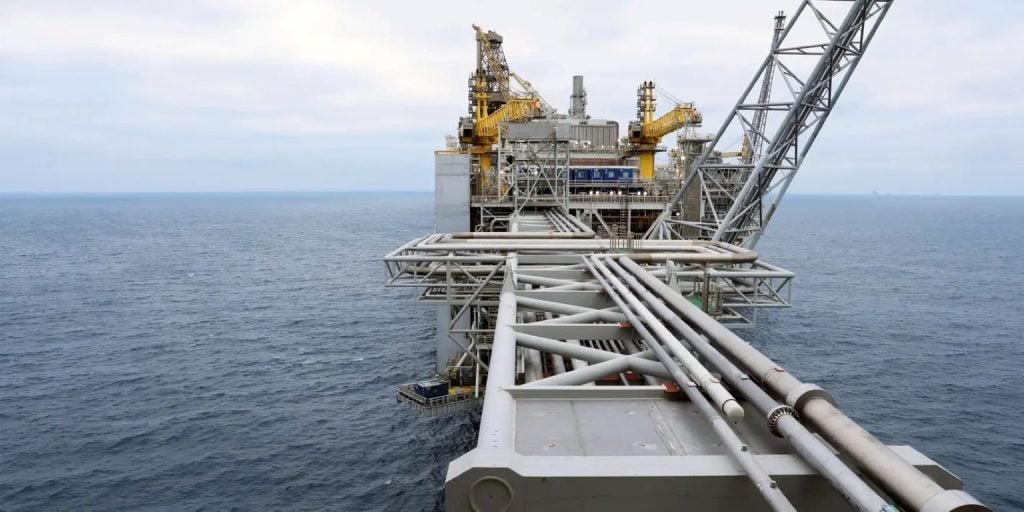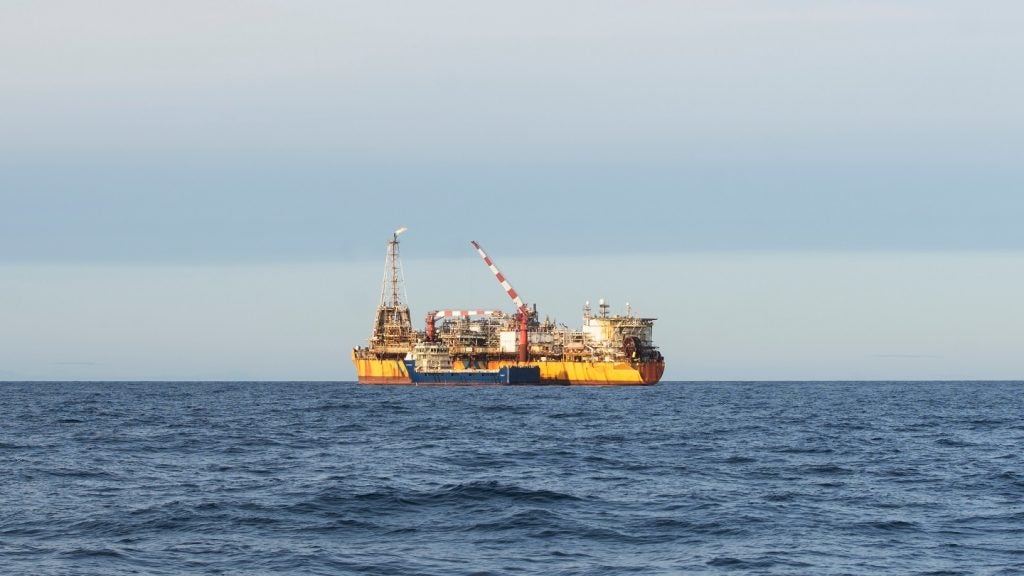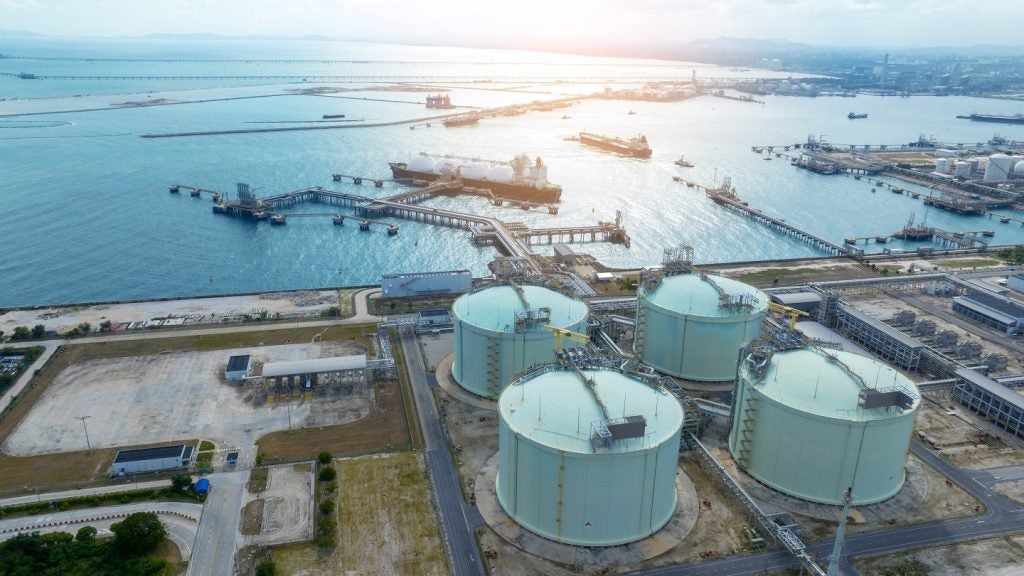Bovanenkovskoye is a producing conventional gas field located onshore Russia and is operated by Gazprom Dobycha Nadym. According to GlobalData, who tracks more than 34,000 active and developing oil and gas fields worldwide, the field is located in block Bovanenkovskoye. Buy the profile here.
An expansion project is associated with the Bovanenkovskoye, namely the Bovanenkovskoye (Neocomian-Jurassic Deposit) Development. This project is currently in the construction stage, expected to start in 2024.
Field participation details
The field is owned by Gazprom.
Production from Bovanenkovskoye
The Bovanenkovskoye conventional gas field recovered 25.20% of its total recoverable reserves, with peak production in 2021. Based on economic assumptions, production will continue until the field reaches its economic limit in 2099. The field currently accounts for approximately 8% of the country’s daily output.
See Also:
Contractors involved in the Bovanenkovskoye conventional gas field
Some of the key contractors involved in the Bovanenkovskoye project as follows.
Other Contractors: Elektrotyazhmash-Privod, Kurgankhimmash, ISC PetroEngineering, Iskra-Neftegaz Kompressor and Gazstroydetal
For more details on the Bovanenkovskoye Conventional Gas Field, buy the profile here.
Premium Insights
From

The gold standard of business intelligence.
Blending expert knowledge with cutting-edge technology, GlobalData’s unrivalled proprietary data will enable you to decode what’s happening in your market. You can make better informed decisions and gain a future-proof advantage over your competitors.






